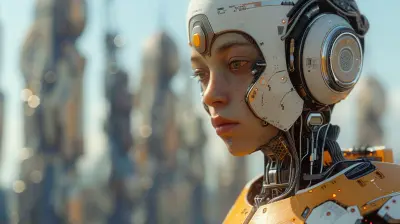Bias in AI: The Hidden Ethical Dilemma
25 May 2025
Artificial Intelligence (AI) is everywhere—from the virtual assistants that schedule our meetings to the recommendation algorithms that tell us which Netflix show to binge next. But here's the kicker: AI, as advanced as it may be, is far from perfect. In fact, it's got a dirty little secret—bias.
Yep, you read that right. AI, the very thing we trust to be objective and data-driven, can actually be pretty biased. And this isn't just a minor flaw; it's a full-blown ethical dilemma that affects millions of people daily. So, grab a cup of coffee (or tea, no bias here!) and let's dive into why AI can be so unfair and what we can do about it. 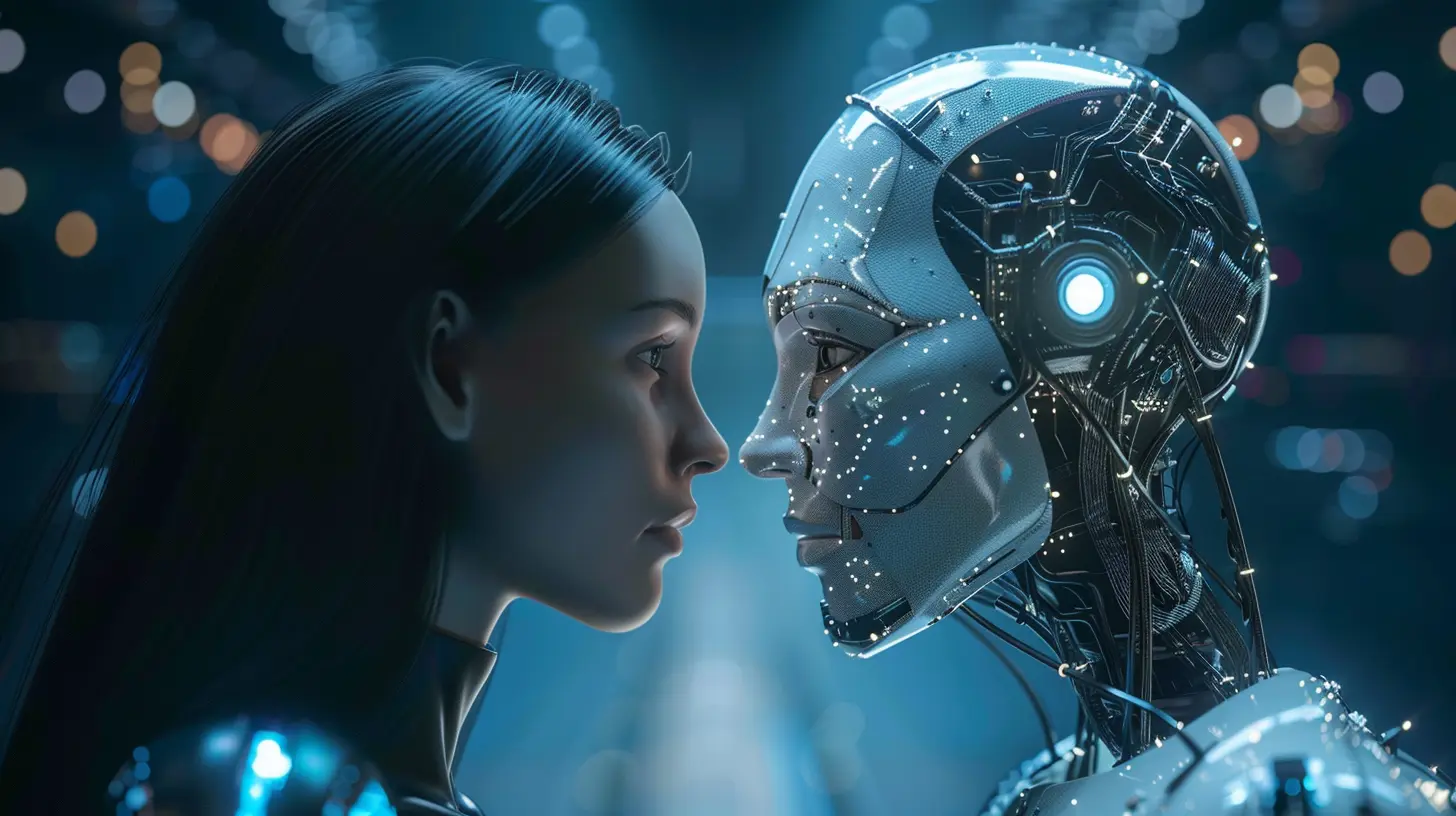
🤖 What Exactly Is AI Bias?
AI bias happens when an artificial intelligence system makes decisions that favor one group over another unfairly. This isn’t because the AI itself has opinions (it's not Skynet… yet), but because it learns from data that already contains human biases.Think of AI as a student. If a teacher gives a student only one type of book to read, the student will only know that perspective. Similarly, AI develops its “knowledge” based on the data it’s fed. If that data is skewed, guess what? The AI will be too.
Examples of AI Bias in the Real World
You might be thinking, “Okay, but how bad can it really be?” Well, let’s take a look at some real-world examples:- Hiring Discrimination: AI-driven hiring platforms have been found to favor male candidates over female ones because they were trained on past hiring data that preferred men.
- Facial Recognition Failures: Some AI systems struggle to recognize people with darker skin tones, leading to misidentifications and even wrongful arrests.
- Healthcare Inequality: AI used in hospitals has been shown to offer different treatment recommendations for patients from different racial backgrounds, reinforcing existing healthcare disparities.
Yikes! Not exactly the future of fairness we were hoping for, right? 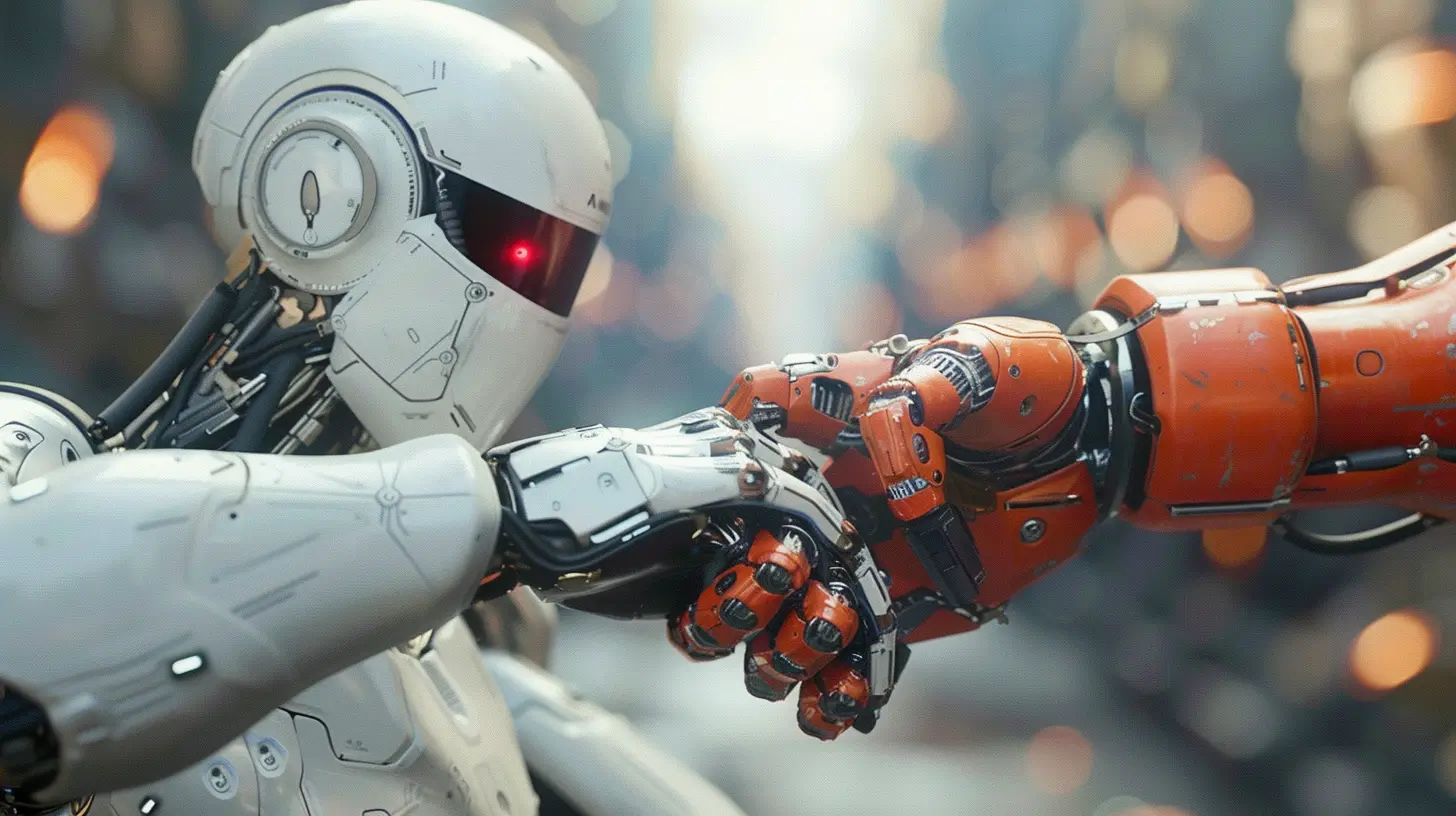
🔍 Where Does AI Bias Come From?
Bias in AI doesn’t just appear out of thin air. It sneaks in through various cracks in the system:1. Biased Training Data
AI is only as good as the data it's trained on. If historical data reflects societal inequalities, guess what? The AI learns those inequalities as "normal."For example, if an AI is trained on hiring data from an industry that has historically favored men, it will continue to favor men in future hiring decisions. It simply mirrors what it learned.
2. Algorithmic Bias
Sometimes, the very way an algorithm is structured can lead to bias. If an AI is programmed to prioritize certain features (like zip codes or names), it might unintentionally discriminate against certain demographics.Imagine an AI that helps banks decide who should get a loan. If it uses zip codes as a major factor, and those zip codes align with historically segregated communities, it could reinforce decades-old discrimination.
3. Human Influence
AI doesn’t operate in a vacuum—it’s built and fine-tuned by humans. And, surprise surprise, humans have biases. If developers or data scientists introduce subjective decisions during model training, the AI inherits those biases.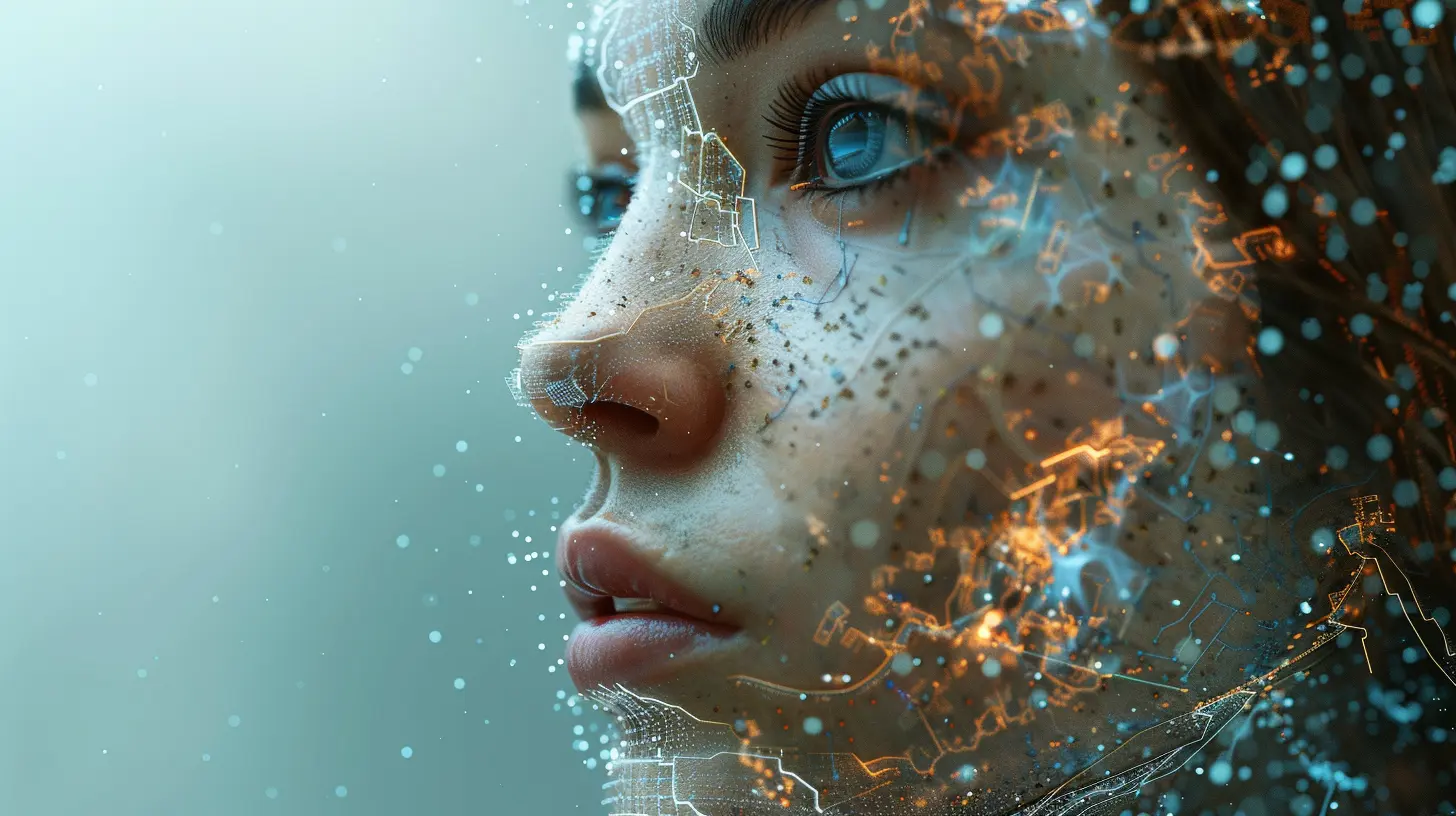
⚖️ The Ethical Dilemma—Why Should We Care?
Now, some might say, “So what? Bias exists in humans too.” And while that’s true, the difference is that AI can amplify bias at a massive scale.Imagine if one biased human recruiter prefers male candidates—bad but limited damage. Now imagine if an AI hiring system at a Fortune 500 company favors men. Suddenly, thousands of women are denied jobs without anyone even realizing what's happening. The scale and speed at which AI can spread bias make this an ethical minefield.
Plus, AI is often seen as "neutral" because it’s powered by data and logic. But if people blindly trust biased AI decisions, they may unknowingly reinforce discrimination rather than challenge it. 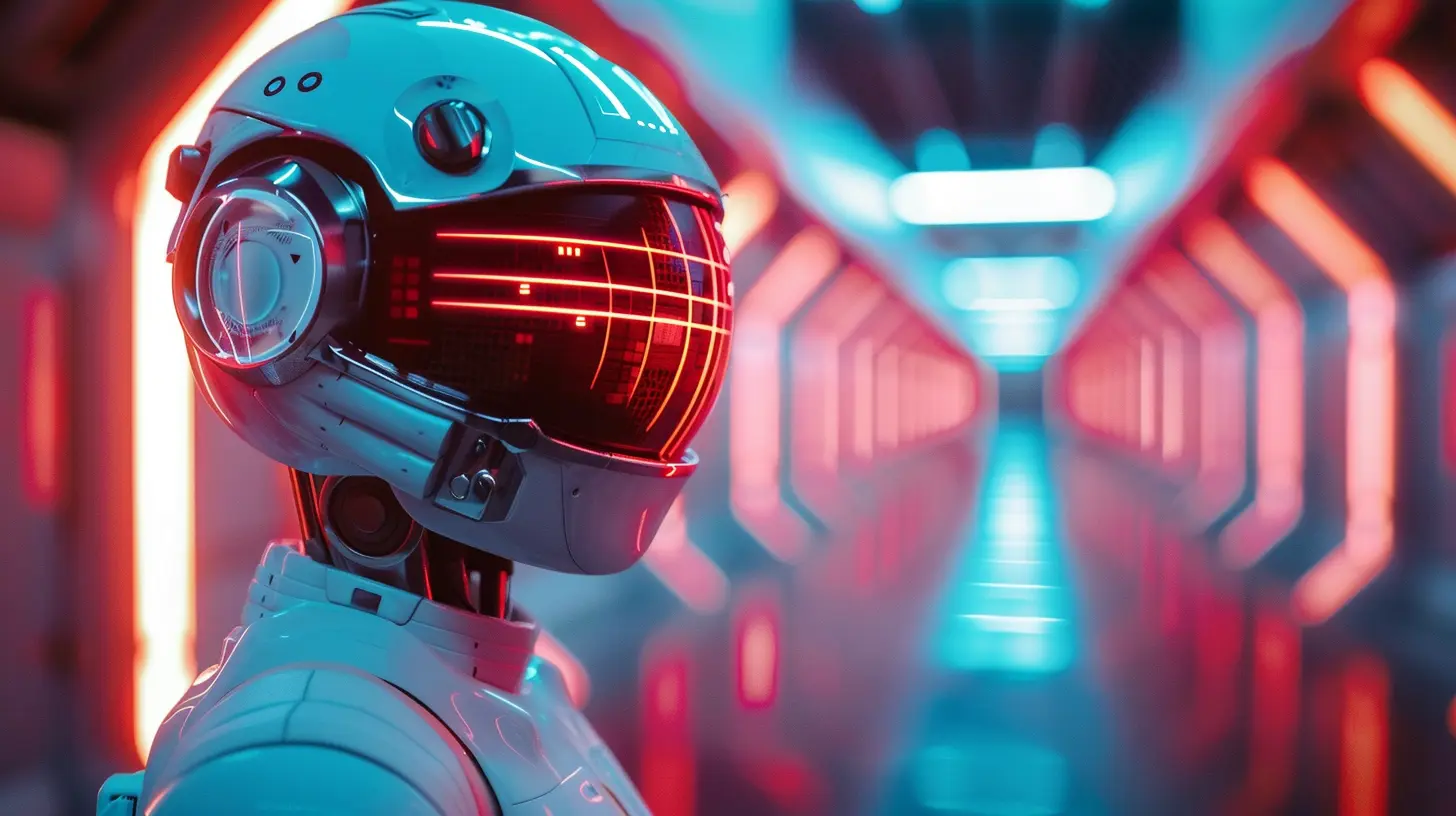
🛠️ How Can We Fix AI Bias?
Alright, so we’ve established that AI bias is a big problem, but it’s not all doom and gloom. There are ways to address it.1. Diverse Data Sets
AI needs a well-rounded diet of training data. Including diverse, representative data from different genders, races, ages, and backgrounds can help reduce bias.2. Bias Audits & Testing
Just like we test software for bugs, companies should regularly audit their AI systems for bias. There are even special AI tools designed to detect and mitigate bias in machine learning models.3. Transparency & Accountability
Developers and companies need to be upfront about how their AI models work. Who designed them? What data were they trained on? Making these factors transparent can help users understand potential biases and hold companies accountable.4. Human Oversight
AI should assist, not replace, human decision-making—especially in high-stakes situations like hiring, healthcare, and law enforcement. Humans must always have the final say.5. Ethical AI Development
AI shouldn’t just be created for efficiency; it should be built with ethics in mind. Tech companies must prioritize fairness, inclusivity, and accountability when developing AI systems.🚀 The Future of Ethical AI
So, can AI ever be truly fair? Maybe. Maybe not. But one thing is clear: AI is here to stay, and it’s up to us to make it as ethical as possible.Picture AI as a toddler learning to walk. Right now, it’s stumbling a lot, making mistakes, and often falling flat on its face. But with careful guidance, correction, and a bit of patience, it can grow into something much more responsible and fair.
AI bias isn’t an unsolvable problem—it’s a challenge that requires awareness, effort, and collaboration from developers, businesses, and policymakers alike. If we do it right, we can create AI that serves everyone equitably rather than reinforcing existing inequalities.
Until then, though? Maybe don’t trust an AI to make life-changing decisions for you just yet. 😉
Final Thoughts
Bias in AI might be a hidden problem, but it’s far from invisible once you start looking. The good news? We have the power to fix it. By prioritizing fairness, transparency, and inclusivity, we can move toward a future where AI actually works for everyone—not just a select few.So, next time Siri gives you a weird recommendation, or your AI-powered social media feed seems oddly one-sided, remember: even machines can have their own biases. The question is—what are we going to do about it?
all images in this post were generated using AI tools
Category:
Ai EthicsAuthor:

Ugo Coleman
Discussion
rate this article
3 comments
Georgina Cole
This article sheds light on the critical issue of bias in AI, emphasizing the ethical implications that arise. Addressing these biases is essential for developing fair and responsible AI technologies.
May 31, 2025 at 4:57 AM

Ugo Coleman
Thank you for your thoughtful comment! I'm glad you found the article illuminating. Addressing bias is indeed crucial for fostering ethical AI development.
Hunter Warren
This article sheds light on crucial issues surrounding AI bias. It’s essential for all of us to engage in these discussions and seek solutions.
May 27, 2025 at 12:04 PM

Ugo Coleman
Thank you for your thoughtful comment! Engaging in these discussions is vital for addressing AI bias and promoting ethical solutions.
Simon Sanders
Great article! It’s crucial to address bias in AI, as it impacts our everyday lives more than we realize. Let’s keep the conversation going so we can promote fairness and transparency in technology for a better future. Thanks for shedding light on this!
May 26, 2025 at 3:25 AM

Ugo Coleman
Thank you for your thoughtful comment! I completely agree—ongoing dialogue is essential for promoting fairness and transparency in AI. Let's continue to advocate for a better future together!
